Finding something on the cold cement, every now and then, is usually worthless. However, sometimes a lost item found on the ground can turn into something so much more—just ask Garrett Graff.
Graff is a historian and political author, who didn’t think much of the item one of his work colleagues found on the floor of a parking garage, at first. However, upon closer inspection, he saw something on the object that sparked his curiosity. He never knew that this item would end up being a life changing
Garrett Graff is a Political writer who has covered a lot of issues in his lifetime, from the War on Terror to the 2008 U.S. presidential election. However, his most eye-opening research began when his friend handed him something shocking.

The Bulletin
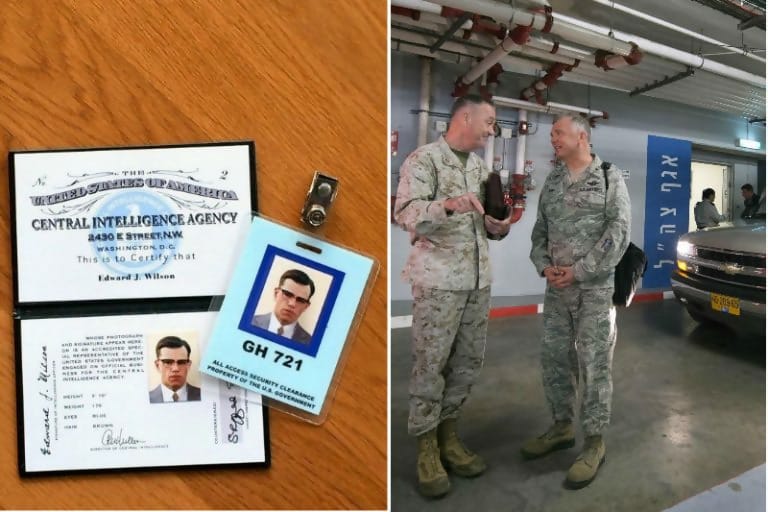
“It was a government ID for someone from the intelligence community,” Graff said, “and he gave it to me since I write about that subject, and he’s like, ‘I figure you can get this back to this guy.'” His friend had found the ID on a parking garage floor.
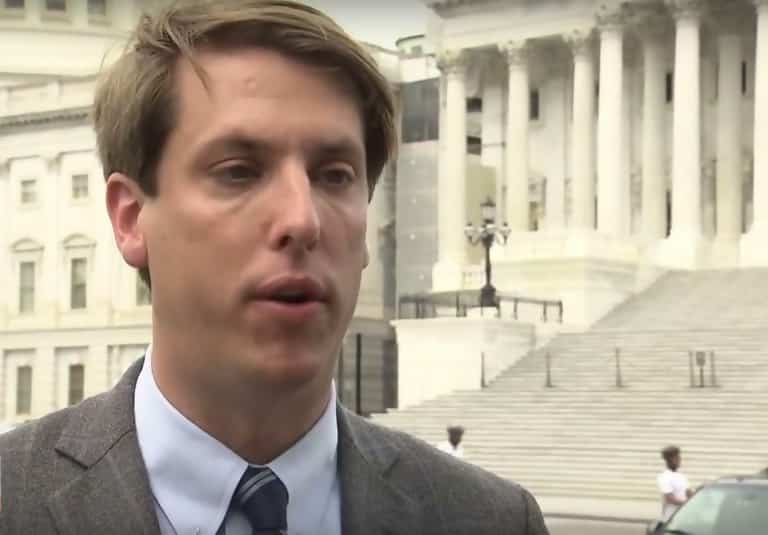
Graff noticed something odd about the ID: step-by-step driving instructions were on the back of it. So, Graff used Google Maps to locate the direction’s end destination—and the results were shocking.

The directions led him to a mountain peak just over 70 miles outside of Washington D.C. At Raven Rock, the road just ended. It led to the face of the mountain and then, nothing..
The Center for Land Use Interpretation
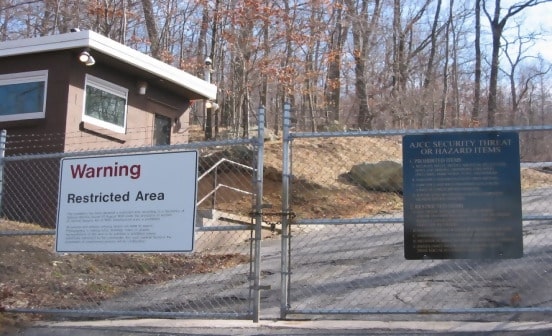
Graff discussed what he saw on the way to the destination. “You can see very clearly these big concrete bunker doors,” he said. “This little guard shack, chain-link fence, and then this set of concrete bunker doors beyond.”
The Center for Land Use Interpretation
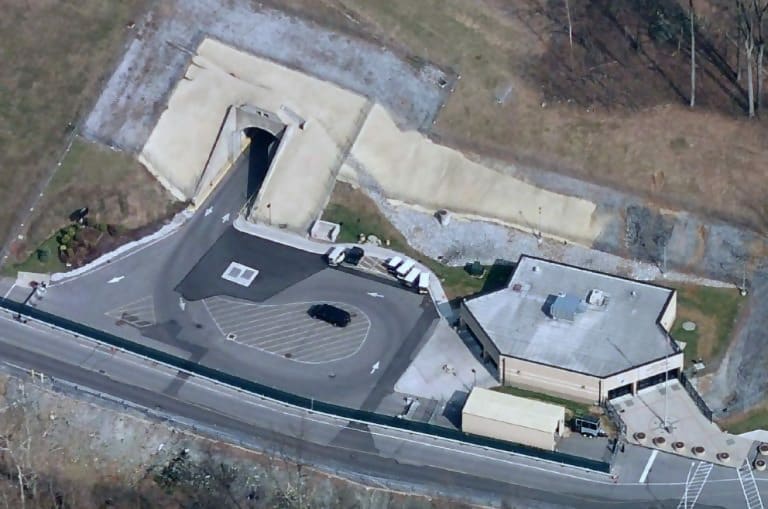
“It was a facility that I had never heard of that wasn’t on any map,” he said. He decided to start investigating and researching what he saw.
About Camp David

When he arrived to the structure, he didn’t know it at the time but the directions had led him to Raven Rock Mountain Complex, also known as ‘Site R’. Basically he’d found a nuclear fallout shelter!
Whitehouse
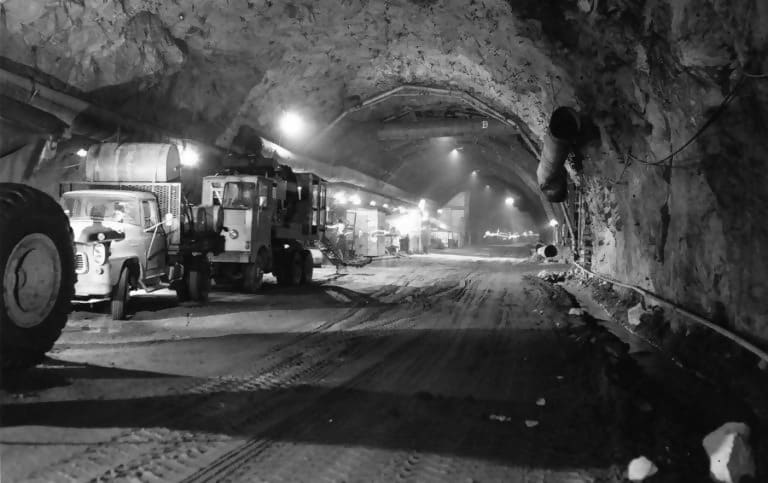
Graff performed a lot research and a ton of information came up. A lot of information popped up on the United States government’s nuclear war contingency plan. Some of the research that turned up was comforting news, and some of the information was very scary. For instance..
NPR

The Truman administration sanctioned construction on the bunker in 1951, once the Cold War with the Soviet Union started warming up. They used a construction team who’d carved out New York City subway tunnels to do the job. Do you wander how they were able to keep it a secret?
U.S. National Archives / Flickr

In 1951, Laborer Gene Bowman was paid $1.35 per hour to bore through the granite of Raven Rock—in other words: “They just said they were building a tunnel. Wasn’t nobody interested in what they were doing.” Once dug, however, this tunnel didn’t look very simple.
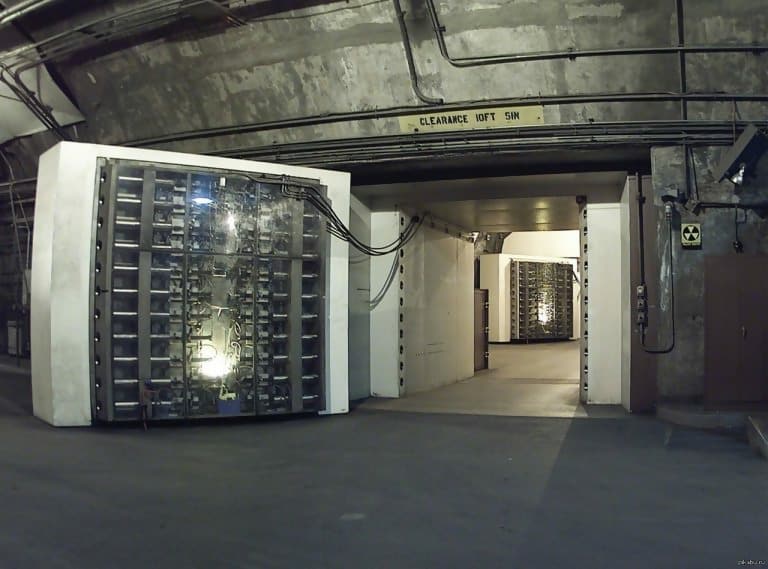
Graff described the Raven Rock Complex as “a free-standing city… built inside of this mountain,” in his interview with NPR. Intended to be a “backup Pentagon,” Site R boasted two 34-ton blast doors capable of thwarting nuclear bomb blows.
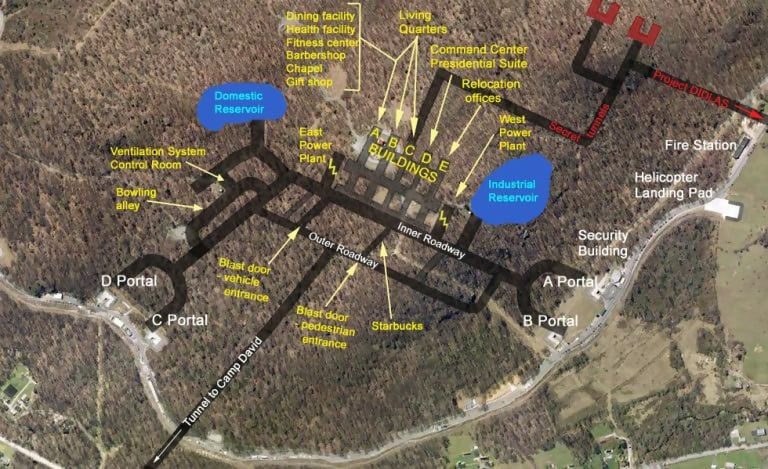
Beyond the blast doors and inside the middle of the rock, 100,000 feet of office provided all the room military officials would need to operate. Utility areas, infirmaries, and cafeterias allowed for up to 1,400 of America’s V.I.P.s to live decently comfortably but with a catch.
White House
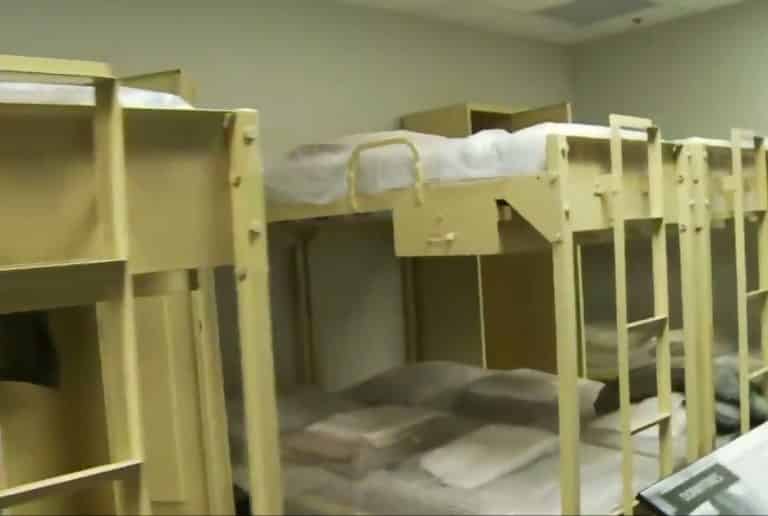
With the president, officials, his or her cabinet, and military personnel inhabiting the bunker, it was so cramped in there- there was no room for spouses. This led to an exchange between then-Supreme Court Justice Earl Warren and another official…
Inside Edition

Handed an ID badge for access to Raven Rock, Justice Warren noticed that there wasn’t a badge for his wife. When told she wouldn’t be allowed in, the justice handed back the ID and said, “you’ll have room for one more important official.”
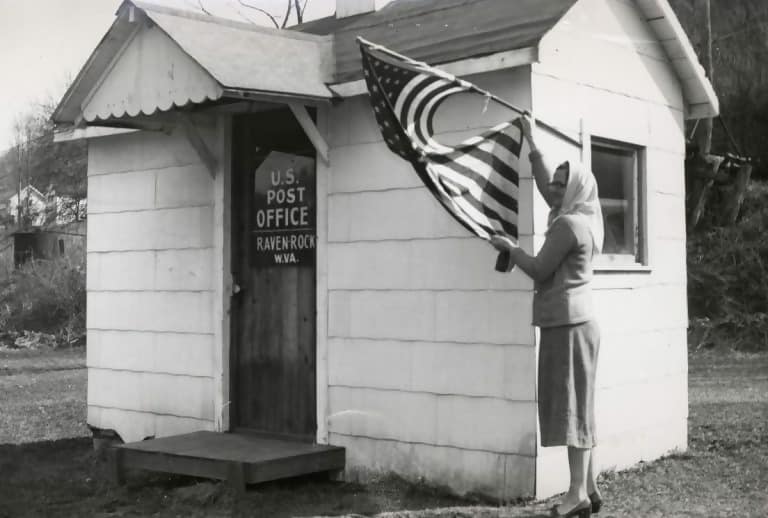
However, Raven Rock wasn’t just a place for the elite to stay as the world around them crumbled. As Graff discovered, officials set up specific operation plans for every federal branch—including the post office and the IRS.
West Virginia Gazette

Even in the case of nuclear destruction, the government wasn’t going to let people off the tax hook very easily. The IRS had a post-bomb plan that covered how to appropriately tax damaged property.
C-Span
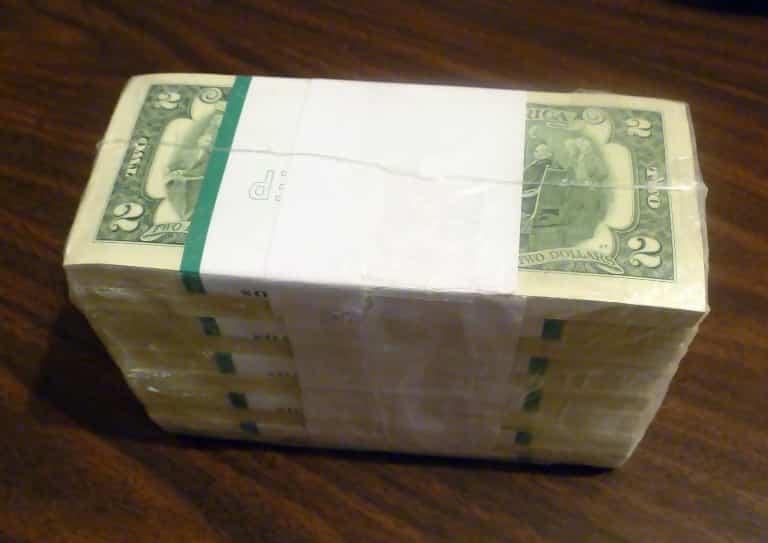
Are you wondering where people would get money to pay taxes in an apocalyptic society? Uncle Sam actually had a plan for that, too: officials stashed away publicly scorned $2 bills in a different bomb shelter to redistribute as currency.
Edward Betts / Wikimedia
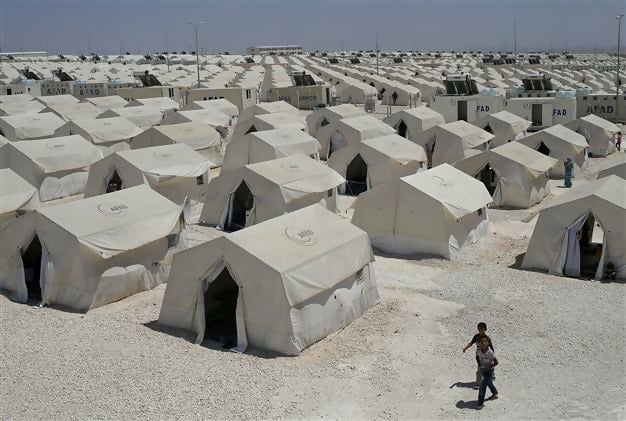
The Department of Agriculture would divvy up rations, the Parks Department would set up refugee camps, and the post office was charged with finding out who died in the blast.
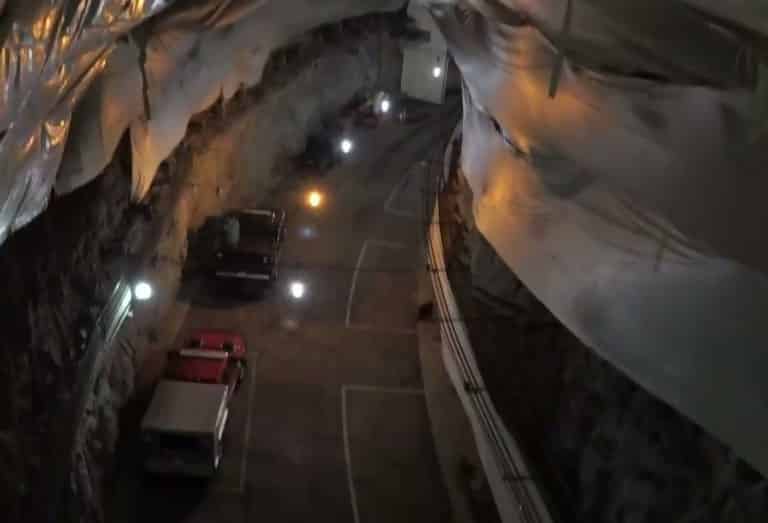 At the time of the Cold War, a nuclear attack felt so imminent that Raven Rock had been operated 24 hours per day—up until 1992. After the September 11 attacks in 2001, operations were picked up and modernized once again and they ran it 24/7.
At the time of the Cold War, a nuclear attack felt so imminent that Raven Rock had been operated 24 hours per day—up until 1992. After the September 11 attacks in 2001, operations were picked up and modernized once again and they ran it 24/7.
Inside Editio

Even though the ID card Graff found had directions to only one secret bunker, his research uncovered about half a dozen other doomsday shelters like one beneath the Greenbrier Resort in West Virginia, each more or less the same in design and function.
Greenbrier Hotel & Resort
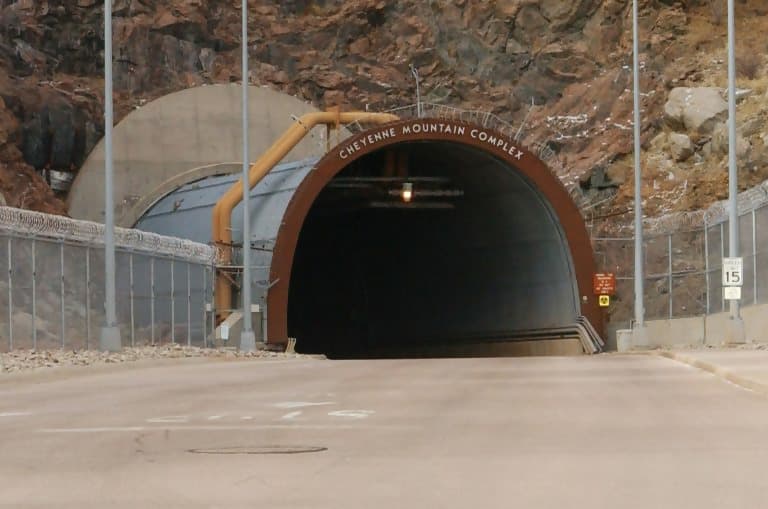
In Cheyenne Mountain near Colorado Springs, lies another hidden doomsday bunker. Like Raven Rock, this bunker was built in the 1950s, and served as “the command post responsible for defending both Canada and the U.S. from air attacks,” Graff said.
North American Aerospace Defense Command
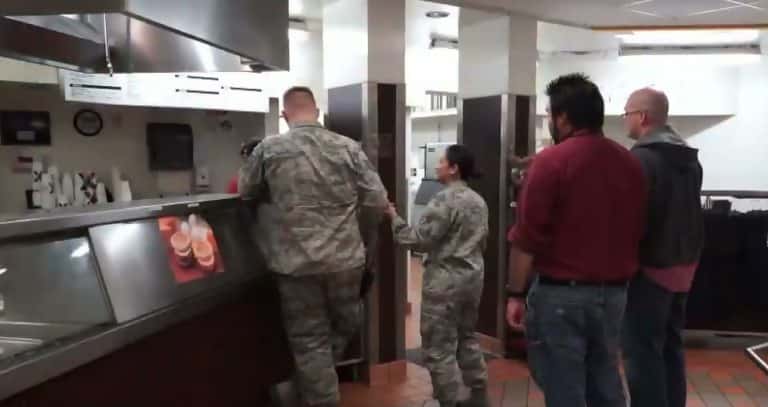
Cheyenne Mountain had gyms, doctor’s offices, reservoirs of water and fuel, and even a Subway sandwich joint.
Inside Edition

Graff learned something unsettling through all of his research. “If you’re trying to preserve and restart the government after an attack,” he explained to NPR, it “becomes this very existential question about what is America?”
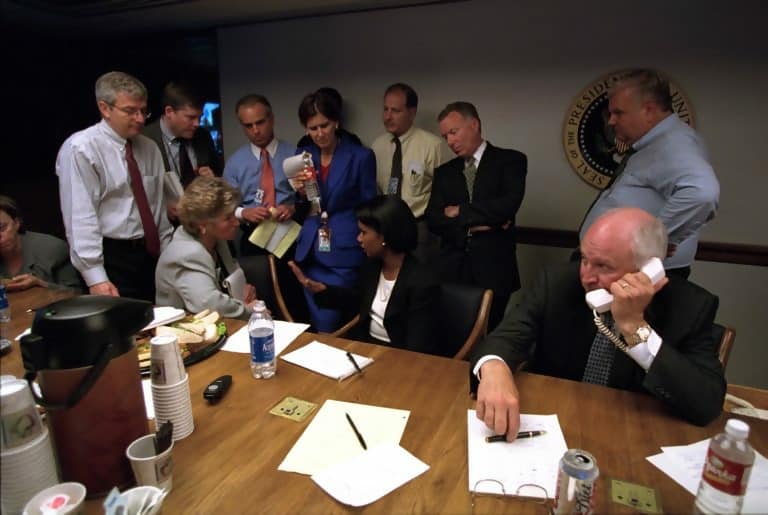
Graff felt like the bunkers provided a disturbing answer. “The civilian population will be left to itself for weeks or months at a time,” he said, “and a small number of senior government officials will be spirited out to these bunkers.”
Time
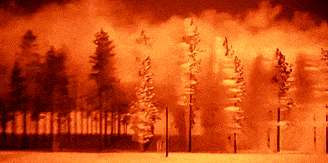
Basically, the government’s plot to rebuild post-nuclear war America didn’t really include the people. Protecting the system of the government and artifacts took the front seat.
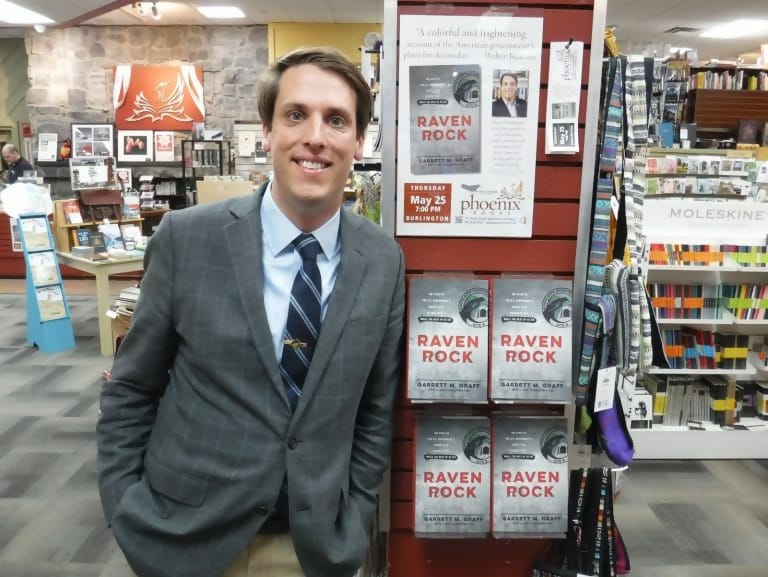
Graff discussed more about his findings in a book he titled Raven Rock: The Story of the U.S. Government’s Secret Plan to Save Itself — While the Rest of Us Die.
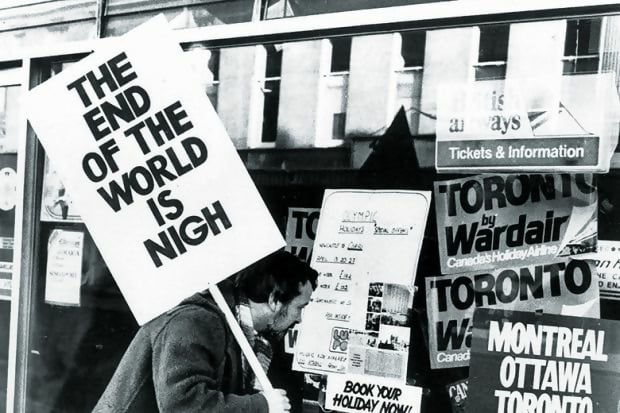
What would you do if the world was about to end? Normally, most people just hope for the best; however, there are some people who take preparing to the extreme.
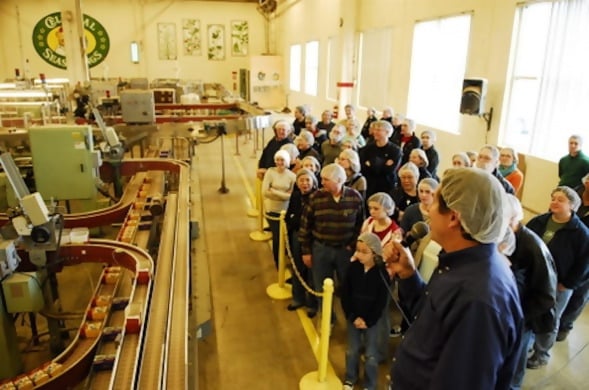
John Hay was the co-founder of the tea brand Celestial Seasonings and owned real estate all over the country. Yet, there was still one thing that kept him up at night.
aboutboulder.com
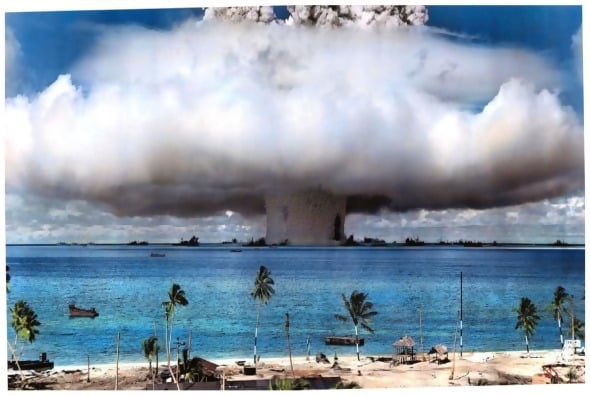
Nuclear annihilation. In the early 1980s, after a period of de-escalation, tensions between the United States and the Soviet Union shot back up.
Courtesy of National Nuclear Security Administration
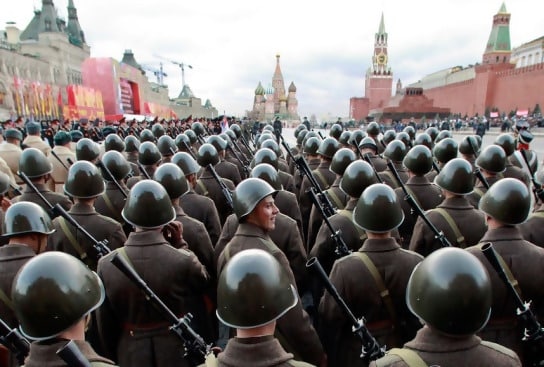
However, Hay was positive that the Soviets would strike first, and that the world would soon turn red. America couldn’t protect him from this threat.
REUTERS/Sergei Karpukhin

However, Hay could protect himself. He was a born self-starter and a former marine. He built Celestial from the ground-up.
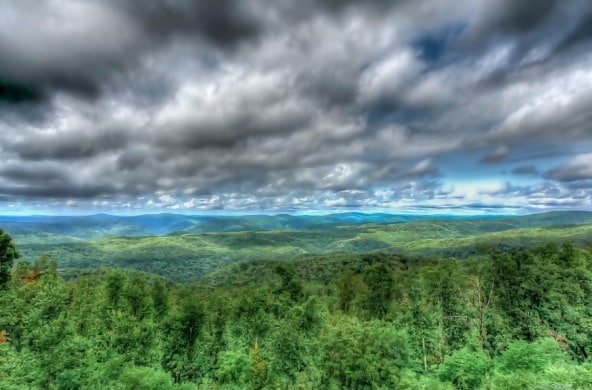
Hay turned his attention to the tranquil Ozark Mountains in Arkansas in 1983. He purchased 240 acres of empty land for $146,000.
Flickr / super*dave

He believed that this land had the potential to house the ultimate fallout shelter. Construction began right away.
Flickr / Dan

Relations between America and the USSR eventually improved, and it became unlikely that any nuclear war would take place.

Hay knew how to adapt under changing circumstances. He drew up a plan. Maybe his underground bunker could be used not just for survival, but for recreation.

After a few more years of serious construction and furnishing, the Beckham Creek Cave Lodge was ready. What was once a bomb shelter turned into a high-end hotel.
Mallory Gallery

Hay was happy with the transformation. “I didn’t want to come through the war like Tina Turner in Mad Max,” he said, “so I created Tinseltown.”

Just to stay in one of the cave’s four bedrooms, it would cost as much as $1,600 per night.

The price may seem steep, but it’s worth it. This hotel is absolutely beautiful.
Mallory Gallery
The lodge’s thermal heating will keep you warm and cozy even in the middle of winter.

Mallory Gallery
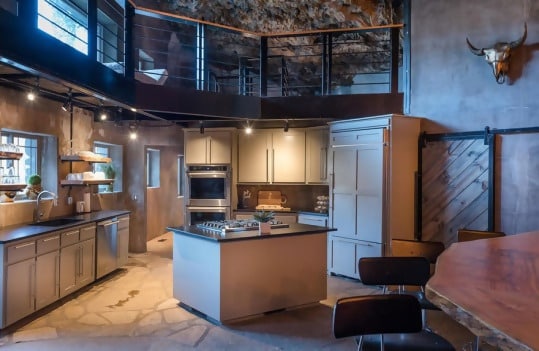
This lodge has a stunning kitchen. Unlike most bomb shelters, this lodge has way more than just canned goods.
Mallory Gallery

Guests aren’t stuck indoors. They can hike around the Ozarks. If they’re lucky they may even catch a glimpse of the wildlife.
Facebook / Beckham Creek Cave Lodge
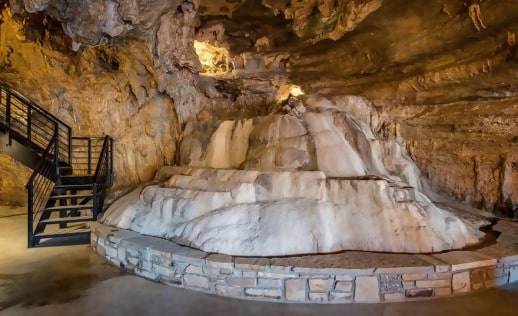
The lodge preserved some of the original cave features, like this waterfall.
Mallory Gallery

The guests never have to be afraid because the hotel can seal all the openings in the cave with concrete blocks.
Mallory Gallery
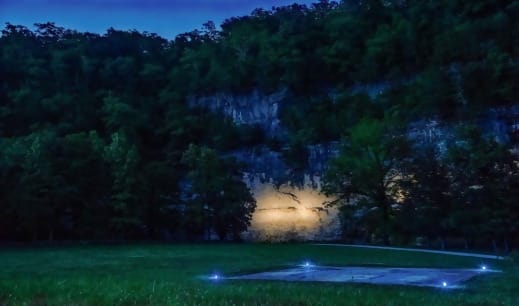
Hay also installed a helipad, which can come in handy for all those instances when a person travels by helicopter.

The property recently went back on the market for $2.75 million. If you love the property, it could be yours.. at a hefty price.
Mallory Gallery

Just imagine waking up every morning to the lovely sights that this lodge has to offer, and be grateful that John Hay’s paranoia created such a stunning place.
